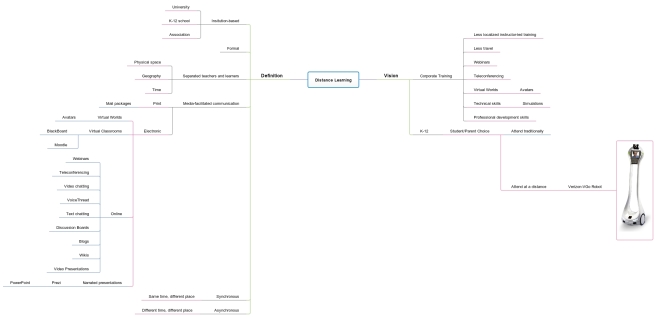Monitoring scope, the “deliverables or work process as outlined in your original project plan” (Greer, 2010, p. 35), is critical to project management because it is one of three key variables affecting overall project success (Lynch & Roecker, 2007). Although the project Statement of Work outlines the project scope, all of what can, should, and will be included, there will inevitably be changes (Laureate Education, 2009). As the project moves into the start phase and work begins to be accomplished, many factors may change what work the project stakeholders want done. Also known as “scope creep” (Lynch & Roecker, 2007, p. 96), these uncontrolled changes to project requirements are ubiquitous in all fields of project management.
As a Department of Defense contractor working as a performance consultant for the Navy, I experienced scope creep first hand while working on an organizational development project. As part of an organizational culture change initiative, a client hired our organization to provide a 3-day standardized training to all of their staff on a knowledge management process. The training was an “off-the-shelf” option we offered and delivered to over 15,000 people in other client organizations prior to our involvement with this project. When we contracted with this new client, the Statement of Work and corresponding Contract Data Requirements List prescribed us to deliver the training to all 2,000 of their employees with minimal customization for their organization. The documentation described the customization as things such as incorporating their logos and industry-specific examples into our facilitation.
When the project moved into the start-work phase, and the training pilot was conducted, the client realized the training was not “exactly” what they required in terms of customization. The scope immediately changed as the client asked us to rework the entire introduction model, design and develop new review activities, and remove a half-day of content and integrate a 4-hour off-the-shelf training they designed within their organization. Our project manager consented to all of the requests, tasked our staff, and ultimately delivered a satisfactory product. In the end, the project was delayed almost four months, missed one of the original major milestones, and tremendously ate into our profit margin as the money had already been awarded.
If I had been in the position of Project Manager, instead of an individual contributor, there are several things that could have been done to better manage the issues and related scope creep. First, communication on the project was completely inadequate, as the issues a lack of training customization would have caused should have been identified prior to the training pilot. Second, a key stakeholder was not identified and did not see the training live until the pilot. Finally, there was no scope control process in place, which could have required formal approval for all changes to the statement of work (Greer, 2010). Overall, the changes to the training were what the client truly needed to be successful, but that work should have been included in the original plans in the analysis phase.
References
Greer, M. (2010). The project management minimalist: Just enough PM to rock your projects! (Laureate custom ed.). Baltimore: Laureate Education, Inc.
Laureate Education, Inc. (Producer). (2009). Practitioner voice: Overcoming scope creep [DVD]. Baltimore, MD: Troy Achong, Vince Budrovich, & Petti Van Rekom.
Lynch, M. M., & Roecker, J. (2007). Project managing e-learning: A handbook for successful design, delivery, and management. London: Routledge. Copyright by Taylor & Francis Group, LLC. Reprinted by permission of Taylor & Francis Group, LLC via the Copyright Clearance Center.

